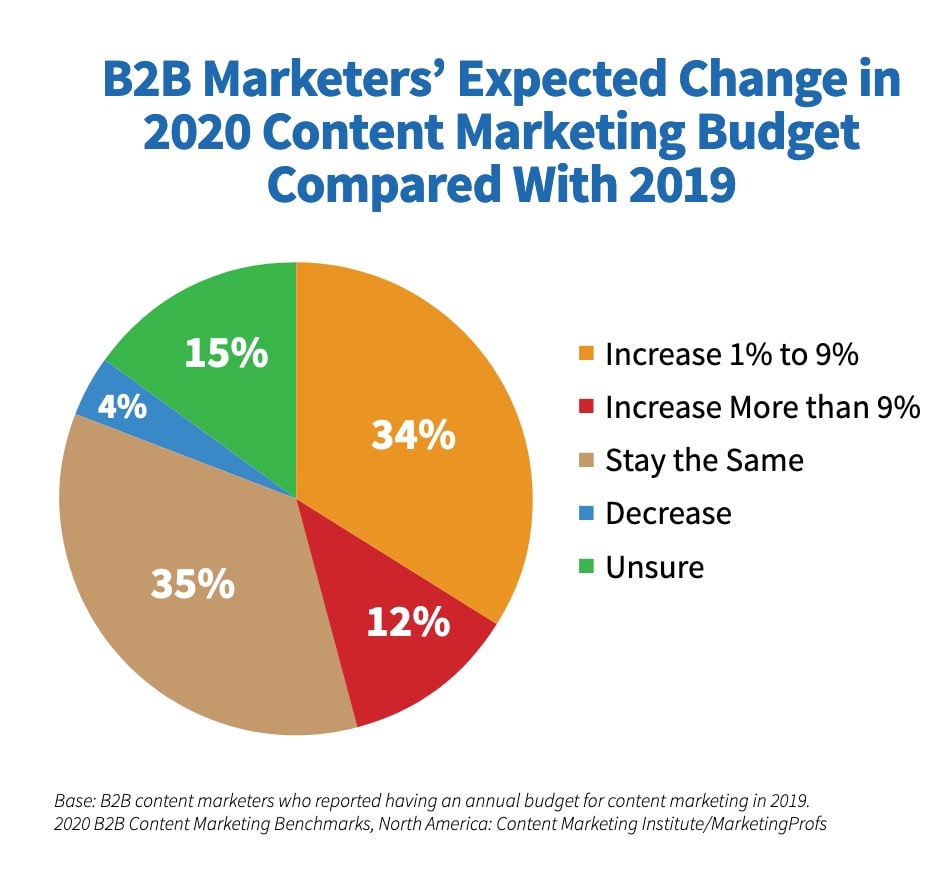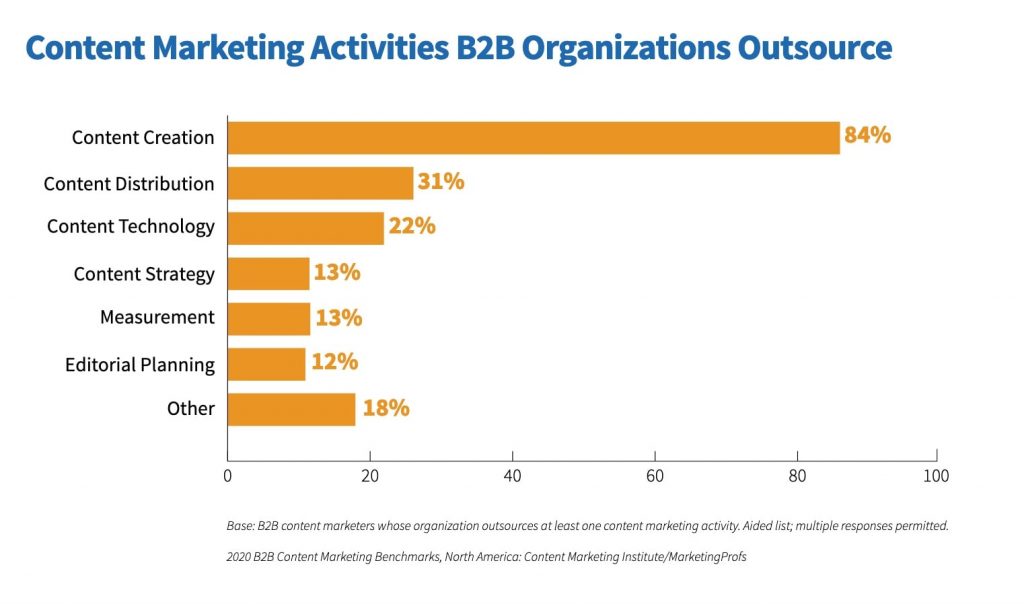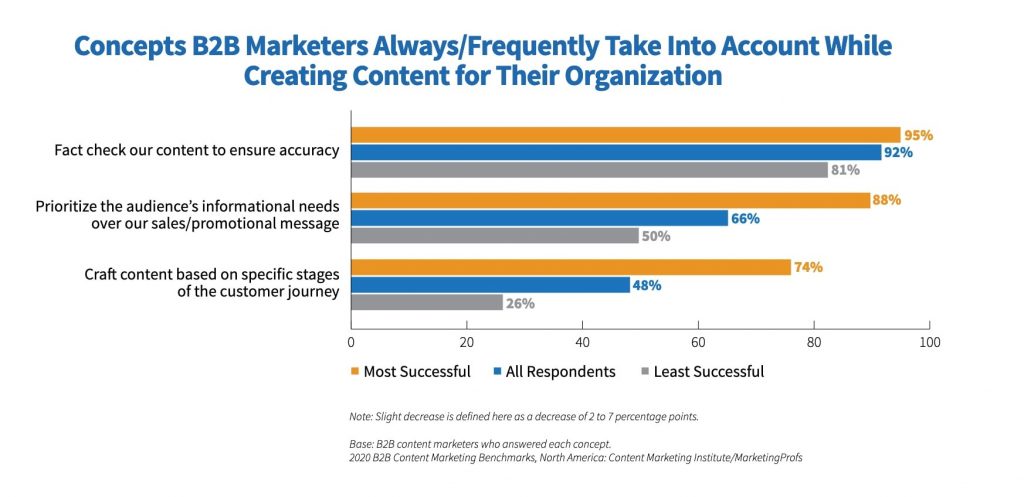Every freelance writer faces the question at some point. And every person that plans to hire a freelance writer wonders the same thing.

What’s a reasonable rate to pay for freelance writing services?
One reason the question is so common is because the answer’s far from straightforward. A bit of research reveals a vast gulf between the low end of rates (jobs on Upwork or Problogger offering $25 for 500 words, for instance) and those on the high end (experienced writers charging $1 a word and up). That’s a 20x difference!
How can you get a sense of normal when the range is so extreme?
What’s a Fair Freelance Writer Rate? The Short Answer
What’s fair depends a lot on context, but just to provide a short and simple range for you to work with:
- A fair freelance writer rate by the word: ranges between .20 cents for newbies, and $1 for experienced writers
- A fair freelance writer rate by the hour: ranges from $30 for beginners to over $100 an hour for experienced writers.
For project rates, I can’t give you an easy range because it depends so much on the particulars of the project. But recent data compiled by Ashley Cummings can give you an idea at a glimpse.
The Reasons for the Disparity
Even after winnowing out rates so low as to not be reasonable, the range I provided is still vast. Some freelance writers are charging more than five times as much as others. How is that fair and reasonable? How do you decide which end of that range you should be on, whether hiring a writer or working as one?
Based on Ashley’s report combined with my twelve years of anecdotal experience, four main factors play a role here:
1. Experience
This is the biggest reason behind the differences in pricing between freelance writers. But it’s more complicated than more experience = higher rates. A number of different types of experience come into play here:
- Business/professional experience
Many new freelancers don’t have a good grasp on what’s normal for freelance writers to charge. And those job ads with low rates I mentioned earlier cause a lot of confusion. On day one of launching a freelance business, a lot of writers vastly undercharge. And that’s especially a risk for those new to the professional world. Someone just starting their career will have a limited knowledge of professional norms in general, including around rates.
That’s where you get the super low rates, but what about the rates on the low end of the fair range? That’s from people still working to grow their skills, gain writing samples that prove their abilities, and build up awareness of their freelance business. The people charging $30 an hour or $.20 a word now will gain the experience they need to—little by little—join the ranks of the writers on the higher end of the range.
- Experience in a specific type of work
Many freelance writers specialize in a specific type of work. In my case, I focus on content marketing writing, specifically blog posts and longform content marketing assets like guides and ebooks. Others build up specific experience in email marketing, website copywriting, or landing pages, to name a few examples. When someone spends years on a specific type of writing, they tend to get pretty good at it. And they gain successful examples of that specific type of work, which makes them a more attractive choice for clients needing that type of writing. All of that translates to higher rates.
- Industry experience
The same thing goes for industry experience. When a writer dives deep into learning a specific industry and audience, especially one that’s complicated like B2B (business-to-business) technology or health care, they become more valuable to clients in that space. When a business hires a specialist in the field, you don’t have to worry about training them in the basics. And you’re less likely to receive content from them that reveals a misunderstanding of what your business does and who you’re talking to. That’s all worth more money.
- Experience getting proven results
When you hear “experience,” you probably think first about time—the years spent doing something. That matters. But writers that charge on the high end of the range can usually also reveal evidence of results they’ve helped clients achieve. Whether that’s landing pages that drove sales, blog posts that reached the top spot on Google, or emails that get impressive open rates. Writers that can prove their work contributes to results will charge accordingly.
2. Attention to Detail
Someone getting paid a small amount per piece has an incentive to get it done fast. For $25 blog posts to add up to a living wage (at least in the U.S.), you have to crank out a lot of them. Trying to rush skilled work leads to sloppy results. It just does.
People trying to build a business off of low rates end up cutting corners. They skip proofreading, or they don’t bother with research and let errors in. Whatever they do to achieve speed leaves clients with writing that can’t stand on its own—at least not if your brand cares about maintaining a reputation for quality. Anecdotally, I’ve heard of businesses trying to save money via cheap writing that receive work they can’t use at all, or that has to be extensively re-written to become usable.
For the kind of attention to detail that produces work you don’t have to spend your valuable time editing and can use as is, choosing a writer that charges enough to give the project the time it deserves matters.
3. Type of Writing
This is part of what makes it so hard to generalize about rates. The time and skills involved in writing an entire website can’t be easily compared to what it takes to write a sales email. And since most freelance writers charge using project rates (another tidbit via Ashley’s report), that makes side-by-side comparisons of what’s normal difficult.
Project types that require a lot of time to complete, like websites and ebooks, cost more; as do projects that require specialized skill sets, like writing landing pages designed to convert.
4. Complexity of Subject
If your business is in a technical or complicated industry, then finding a writer that either already knows it well or will be able to do the research required to learn it is harder. That means the ones that do are worth more. Topics like health care, SaaS (Software-as-a-Service), medical devices, finance, and manufacturing are harder for freelance writers to learn and write about than, say, travel or video games. Businesses in specialized, complex industries should be prepared to pay writers more.
How Much Should You Pay for Freelance Writing?
You know what a fair range looks like, and presumably you already have a project in mind. But you still need to figure out where within the range you want to be.
If your budget is tight and you’re leaning toward the lower end of that range, then expect to hire someone that’s relatively new and inexperienced. That’s not a bad thing, everyone has to start somewhere. Just be prepared to spend a little more time working with them to help them learn. You may have to provide more specific instructions, do more edits, and allow them more time to research and get the work done.
If you don’t want to do that much work, but you’re still not quite sure about the high end of that range, then you’re looking for someone that does have experience, but is somewhere in the middle of their career. Maybe they’ve been working as a freelance writer for a couple of years, so they know the basics, but still have a lot to learn (although don’t we all). Or maybe they’re branching into a new type of writing they have less experience with and are willing to charge less to get their foot in the door and gain a new writing sample.
For the writers on the high end of that range you get:
- Someone with a developed process into how they do their work, ensuring they get it done efficiently and meet deadlines.
- Writing deliverables that need few to no edits.
- An understanding of your specific industry and/or the type of writing you need done.
- Someone with name recognition, whose association with your brand could give you a boost.
There are a few scenarios where top freelance writers may consider a reduced rates—but be careful how you ask. Considering ways to make the work easier on them or more valuable to their business is a much better strategy than directly requesting a discount.
Writing is hard work and worth paying a fair rate for, but what “fair” looks like in your case will depend on your particular needs. Figure out where you fall on this spectrum, and price out your budget for a freelance writer accordingly.









